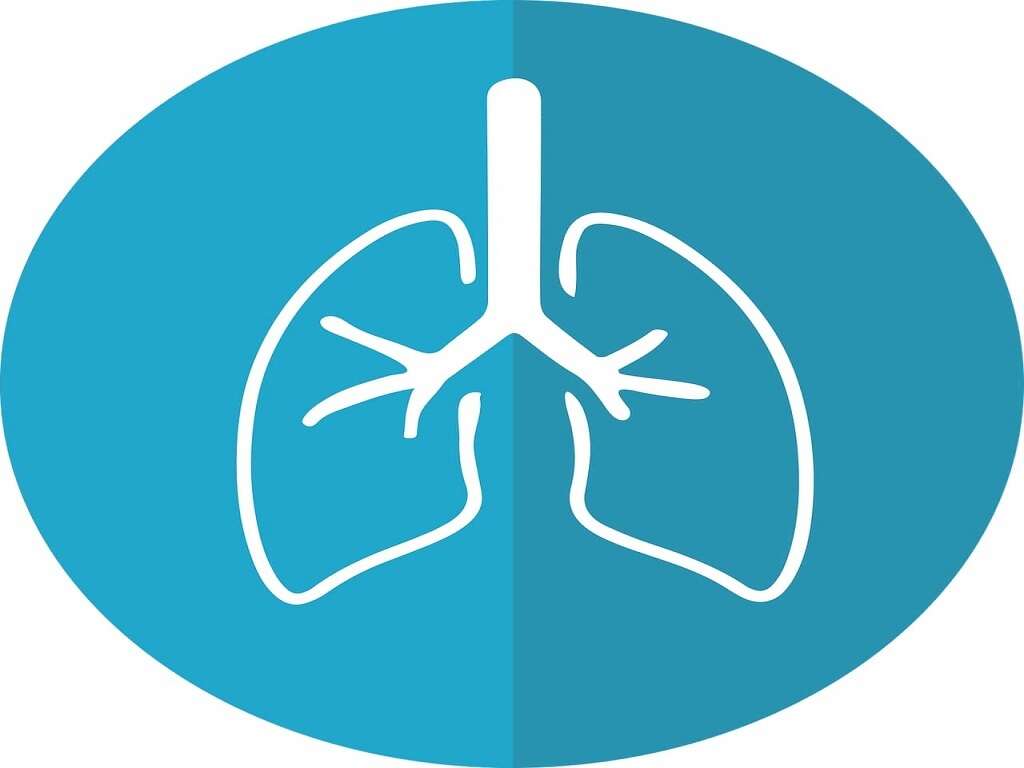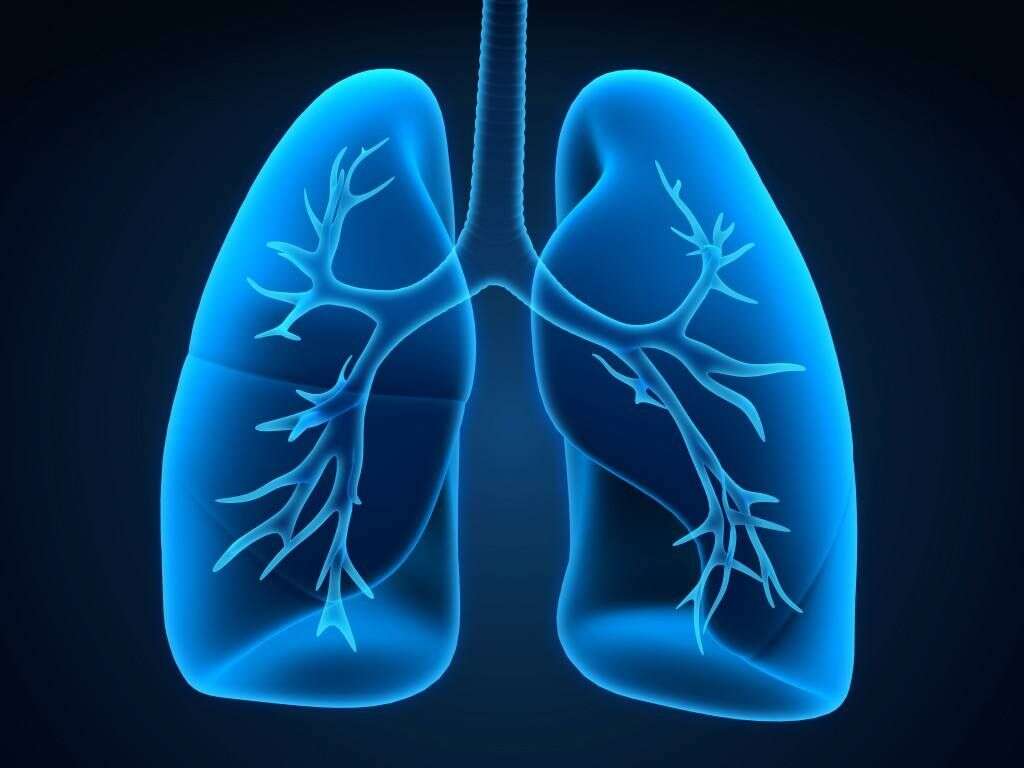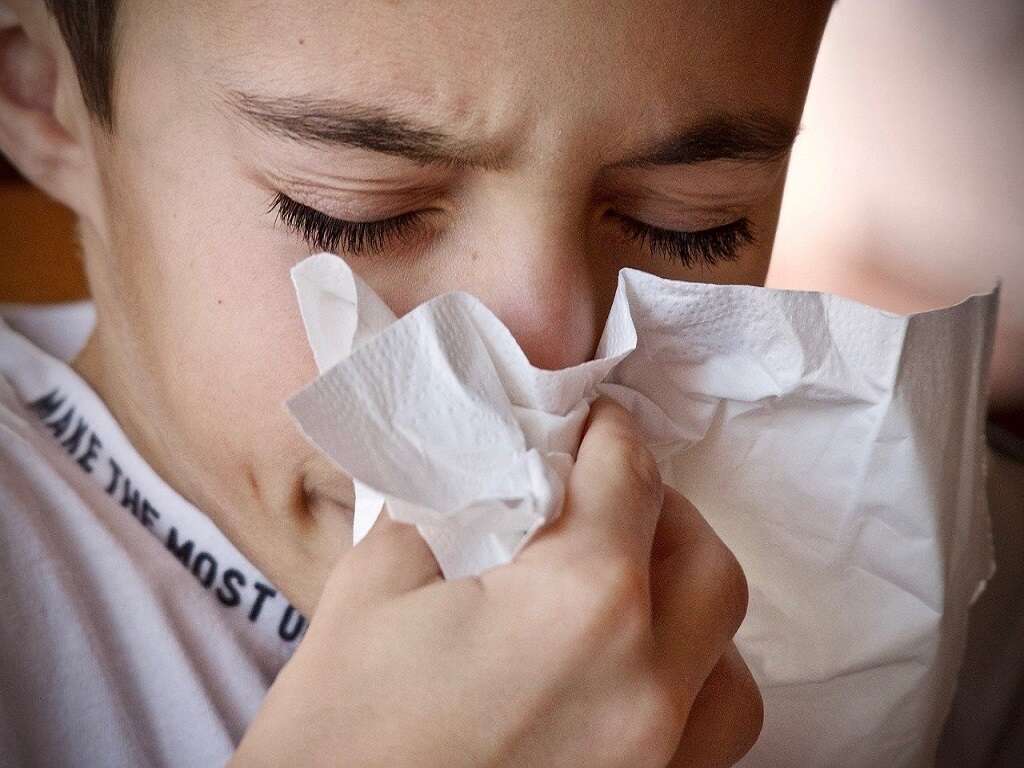What Is the Common Cold?
Diseases are very common, and most of us will likely fall ill at least once a year or so. The good news is that the vast majority of the time, these illnesses will be mild. In most cases, it will mean we have to take a few days off work, and we will make a full recovery even without medical assistance.
Perhaps the most common disease of all is the common cold, and very few people will go through life without ever having caught it. The symptoms of the disease are usually only very mild, although they can still be enough to ruin somebody’s week. The common cold will be dangerous in a very small percentage of cases.

1. The Common Cold
The common cold is a type of viral infection that affects the upper respiratory tract. This typically means that your nose and throat are affected. The symptoms of a common cold can be uncomfortable, but they are not usually harmful. The common cold is such a common disease that even the healthiest of people can expect to catch it at least once a year.
There are numerous types of virus that will cause a common cold. As it is a viral infection, antibiotics cannot be used to cure it, but the patient’s immune system is strong enough to deal with it in the vast majority of cases.

2. Causes
The common cold is usually caused by the rhinoviruses, although there are more than 200 virus strains that are known to cause the disease. It is typically spread when an infected person releases contaminated droplets when they talk, sneeze, or cough. These drops can then be inhaled or ingested, contaminating a new host.
The common cold is also sometimes caught through physical contact with an infected person. Sharing items like cutlery and crockery with an infected person is another common method of transmission. People that have been in contact with a contaminated surface will often go on to touch their face, and this can complete the transmission.
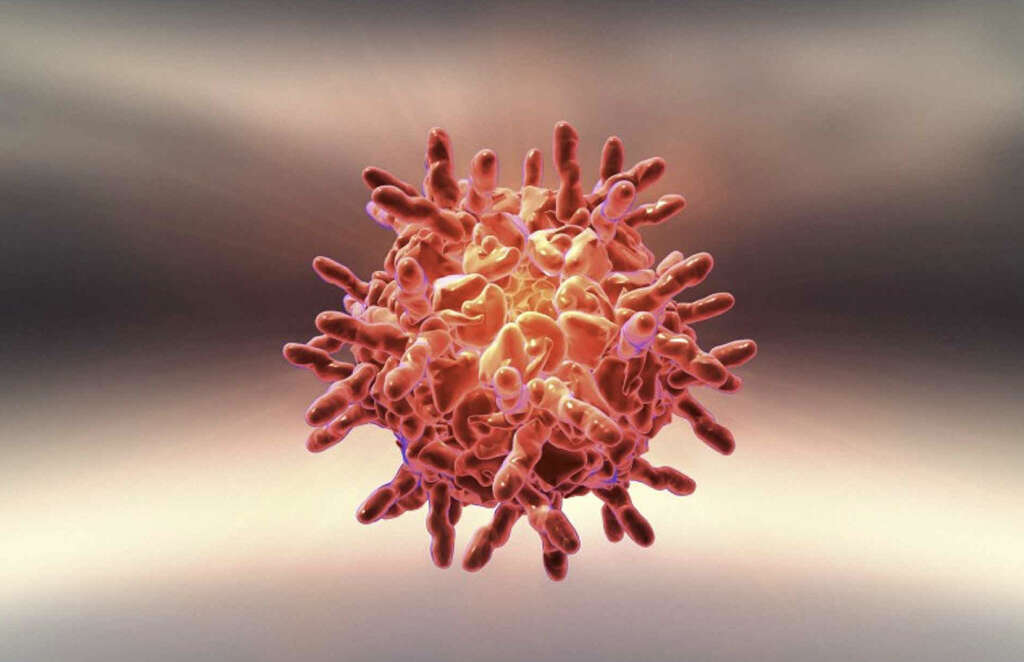
3. Symptoms
After somebody has been infected with a virus that causes the common cold, symptoms will usually show within up to 3 days. The type of symptoms can vary from person to person, as well as their severity. Once the symptoms do show, they will typically include a stuffy nose that will also often be runny.
People with the common cold will also generally feel unwell. A sore throat is another potential symptom and the patient may also have a cough. The patient may also have a low fever, and some will also experience aches and pain in their joints and muscles.

4. Serious Symptoms
In the vast majority of cases, the symptoms of the common cold will be only mild. Still, in some cases the symptoms can become severe to the point where a doctor should be called. This includes instances where the patient has a fever that is getting dangerously high.
Other dangerous symptoms include wheezing and an inability to breath. In young children, warning signs include being unusually drowsy, unusually irritable, and a lack of appetite. Both adults and children should see a doctor if their symptoms persist, or if they return after a period where the patient appeared to have recovered.

5. Asthma
People with asthma will need to be particularly mindful as the common cold will trigger an asthma attack in some instances. Asthma is a condition where the airways become narrower to the point where the patient finds it difficult to breathe. Serious asthma attacks can be fatal, so they should be taken very seriously.
The common cold will also sometimes lead to secondary infections. These include bronchiolitis, croup, pneumonia, and strep throat. These secondary infections will also need to be treated in order to prevent further complications. Pneumonia in particular can be very dangerous if it is not treated in time.
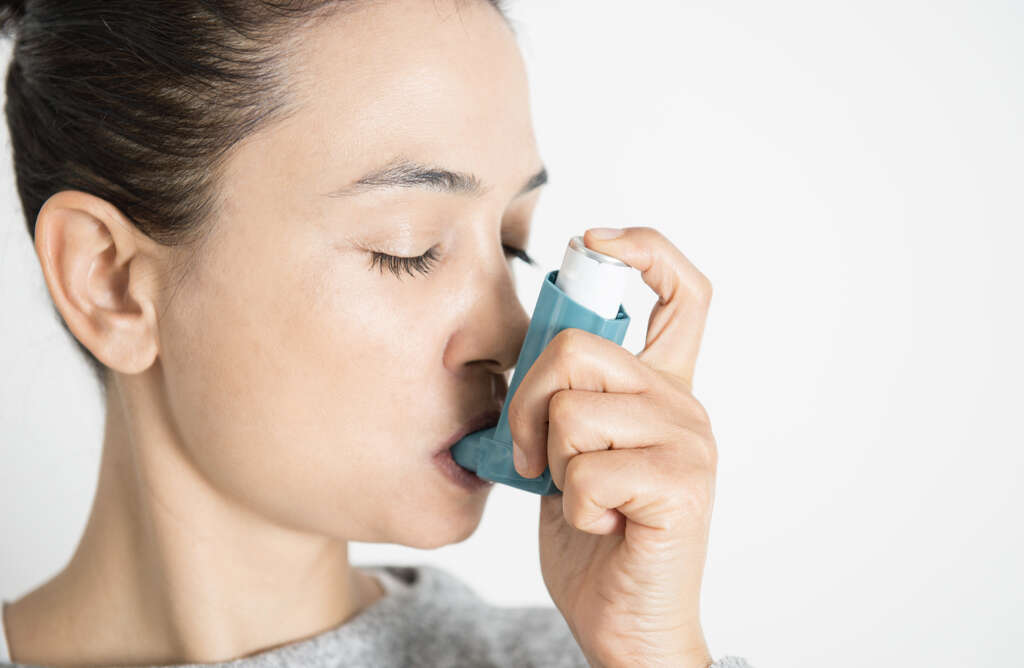
6. Otitis Media
Otitis media is the name given to an infection of the inner ear. This can happen when the virus is able to travel to the ear, thus resulting in an infection. The symptoms of an ear infection are often unpleasant and they can be very painful. Otitis media can also sometimes cause permanent damage, possibly resulting in hearing loss.
Another potential complication is acute sinusitis. The sinuses are a system of chambers in the skull that are lined with a soft tissue that can become infected, and inflamed. Sinusitis is not usually dangerous but it can lead to potentially severe complications, including blood clots, brain abscesses, bone infections, and meningitis.

7. Who’s At Risk?
People of all ages can catch a cold, but children under the age of 6 are most at risk. This is especially the case for those that spend a lot of time in close proximity with other children. People of all ages are more susceptible to catching the common cold if they are living in crowded conditions.
The common cold can be caught all year round, but it is most common during the colder months. People that smoke are also more prone to catching the cold than other people are. People with a weakened immune system are also in a higher risk category, and the symptoms are also more likely to be serious for them.
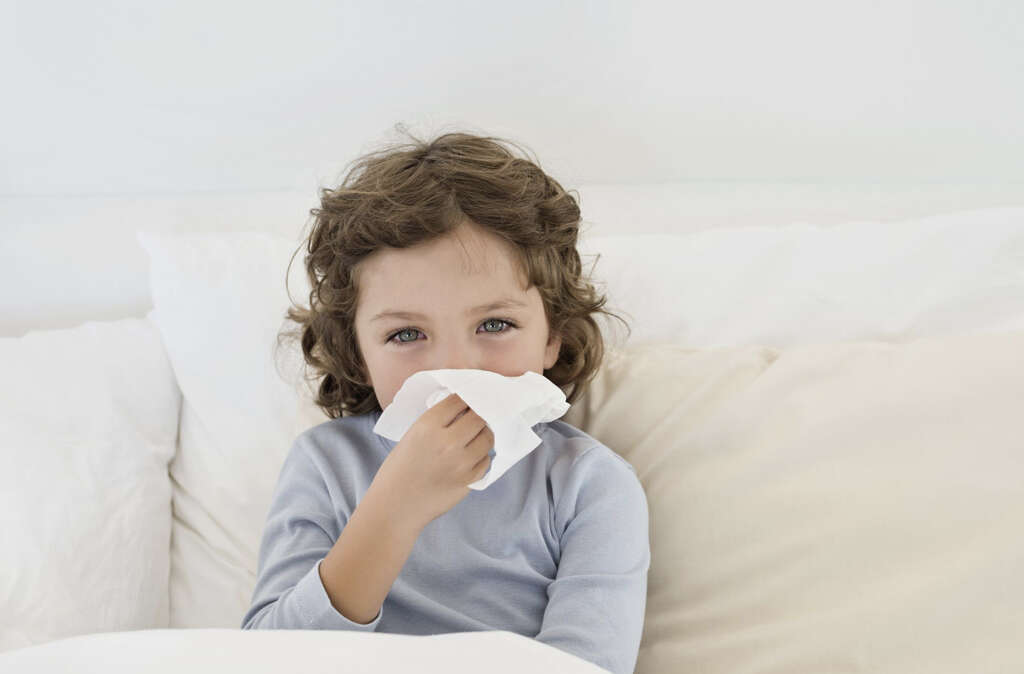
8. Prevention
The common cold is so common that it is all but impossible to completely avoid it. However, taking certain steps will help to ensure that you are less likely to catch the disease. One of the most effective of all methods is to wash your hands regularly using soapy water and/or hand sanitizer.
You should also try to cover your mouth when coughing or sneezing to help prevent spreading the disease. Also avoid sharing items like cutlery and crockery with other people, and also take care of yourself in general to help keep your immune system strong. It will also help to try and keep clear of other people that appear to be ill.

9. Diagnosis
Many people are unlikely to see a doctor if they suspect they have a cold. However, you should see a doctor if you feel that the symptoms are particularly severe. If you do see a doctor, they are likely to want to perform a brief physical exam in addition to asking you about your symptoms.
In the majority of cases, this will be enough for your doctor to make a diagnosis. If it is thought the symptoms might be down to something else, however, then further tests may be requested. This will sometimes involve using X-rays and similar to help experts see inside the patient’s respiratory system.

10. Treatment
The common cold cannot be cured. This is rarely a problem, however, because of the mild nature of the condition. In many cases, the patient is simply asked to get plenty of rest and allow the immune system to deal with the problem. However, treatment is available to help soothe the symptoms where necessary.
Cough syrups can also help to relieve symptoms, but these should not be given to children under the age of 4. Decongestants are also available, and again it is necessary to check with experts first before giving these to young children. Anybody that does have the cold should try and isolate themselves the best they can to prevent giving it to other people.




